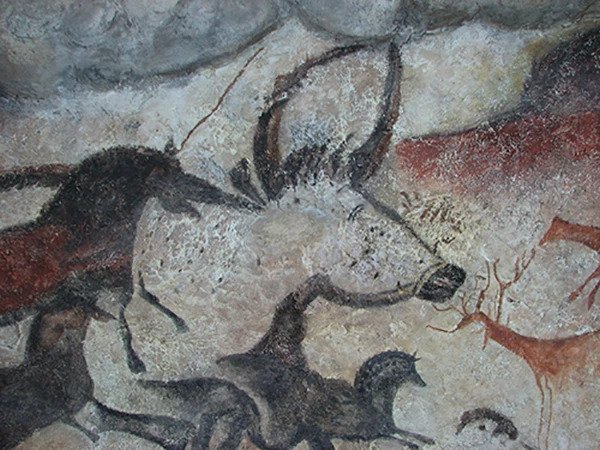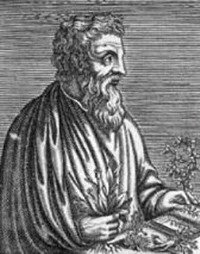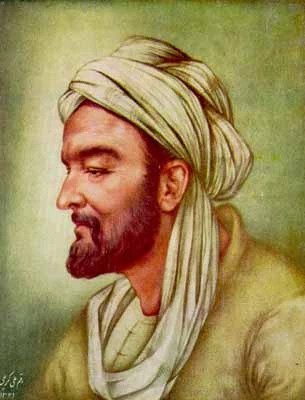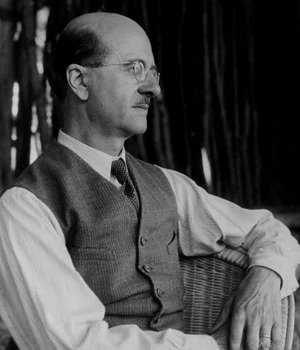HISTORY OF AROMATHERAPY
Aromatherapy isn’t a new age phenomenon.
People have been using aromatic plants, flowers, herbs and oils for longer than recorded history, but some of the biggest developments in aromatherapy have only happened in the past 50 years.
Let’s back up a bit, and see just how old the art and science of aromatic therapy really is.

About 20,000 years ago Paleolithic people in Lascaux, France created cave paintings depicting herbal, aromatic medicines.
5,000 years ago,
The Egyptians were using aromatic substances like myrrh, frankincense, cinnamon and cassia. Explorers in the 1920’s even found a jar of what they think was ancient Egyptian perfume in the tomb of Tutankhamen. It still smelled faintly sweet when they opened it, and it turned out to contain frankincense and spikenard. It’s safe to say the Egyptians knew how to preserve things without synthetic chemicals!


The ancient Greeks and Romans went absolutely crazy for aromatics. Aromatic oils were used for healing, home care, body care, and beauty. Hippocrates was a believer in the power of aromatic massage, while Dioscorides’s book, De Materia Medica, contains a treasure trove of information about aromatherapeutic healing. Many of Dioscorides’s recipes are still popular today.
Around 1,000 A.D.,
the Persians were making great strides in the arts and sciences. The alchemist and healer Avicenna developed a method for distilling essential oils . . . and this is when the art of aromatherapy as we understand it began to take shape. Many modern distillers in the Middle East are still using these ancient distillation methods with very little variation, and they produce excellent quality essential oils.


Jump ahead to 1910!,
The French chemist René-Maurice Gattefossé was working in the labs of his family-owned cosmetics firm, when he badly burned his arm. The Hollywood version of the story is that he frantically plunged his hand into a nearby tub of liquid—which turned out to be lavender essential oil. But in fact, he only applied the essential oil after his burn healed poorly and got infected. The real story may sound less dramatic, but it was a very dramatic turning point for Gattefossé, who was amazed at how quickly and completely his wound healed with the lavender oil.
Aromatherapy remained a kind of quiet background hum while Western science-based medicine took the spotlight. But these days aromatherapy is getting more attention. Research can now prove there’s real science behind these ancient remedies, and that plants have potent healing powers. Aromatherapy is now being used in clinics, hospices, and hospitals as a complementary therapy.
The past 50 years have been especially promising for aromatherapy, and several people stand out as helping the industry move forward by leaps and bounds.

